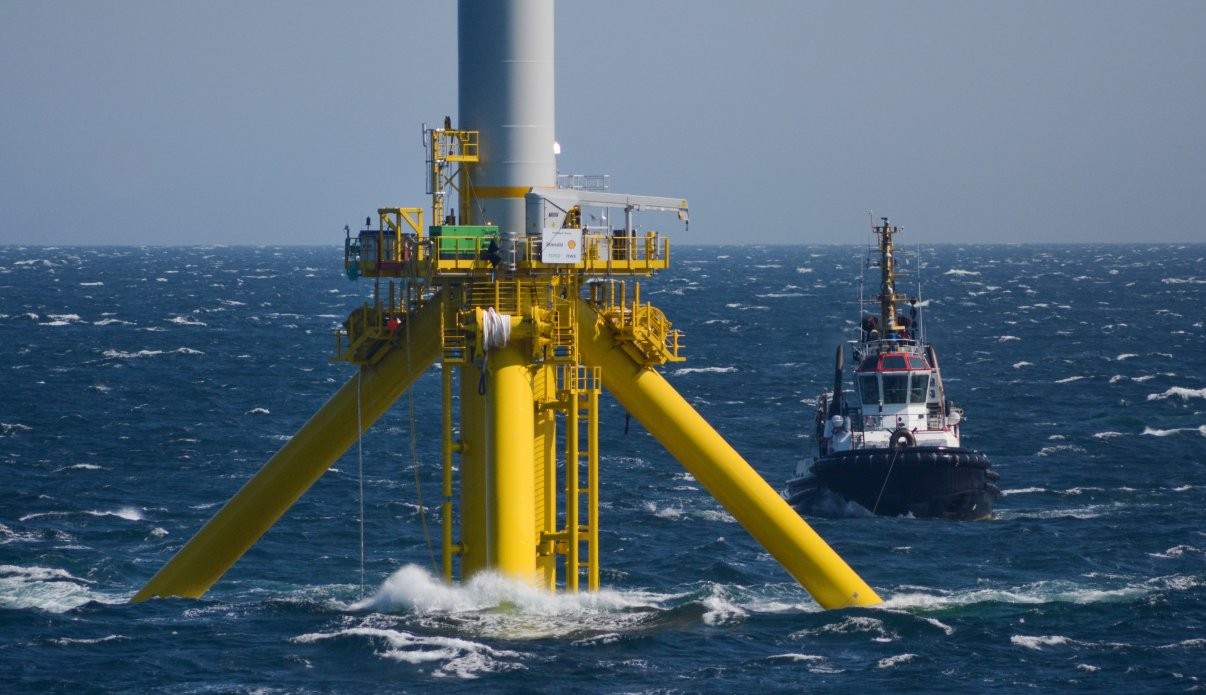Environmental Impacts of Offshore Mooring and Mitigation Strategies
Offshore mooring, a fundamental part of marine framework, includes tying down vessels and drifting designs to the seabed utilizing anchors, chains, and ropes. This training, while basic for the working of different oceanic tasks like oil and gas extraction, sustainable power establishments, and hydroponics, can have critical environmental impacts. Understanding offshore mooring these impacts and carrying out viable mitigation strategies is urgent for safeguarding marine environments.
Environmental Impacts
- Seabed Aggravation: The establishment and activity of offshore mooring frameworks can make significant unsettling influence the seabed. Securing and the development of chains can prompt dregs uprooting, changing the actual attributes of the seabed and possibly annihilating environments for benthic organic entities.
- Water Quality Debasement: Silt resuspension brought about via seabed aggravation can increment turbidity in the water, diminishing light entrance and influencing photosynthetic marine life like seagrasses and phytoplankton.
- Marine Life Disturbance: The actual presence of mooring frameworks can upset the normal way of behaving of marine life. For example, marine warm-blooded animals and fish might keep away from regions with elevated degrees of submerged commotion created by mooring exercises.
- Living space Misfortune and Discontinuity: The establishment of mooring frameworks can prompt the immediate loss of territories, for example, coral reefs and seagrass beds. This misfortune can bring about the fracture of living spaces, making it challenging for species to track down food, mate, and complete other fundamental life processes.

Mitigation Strategies
- Environmental Effect Appraisals (EIAs): Directing intensive EIAs before the establishment of offshore mooring frameworks can assist with distinguishing likely environmental impacts. These evaluations can direct the determination of mooring areas and the plan of frameworks to limit biological aggravation.
- Utilization of Environmentally Agreeable Materials: Utilizing materials that have insignificant environmental effect can diminish the natural impression of mooring frameworks. For instance, utilizing biodegradable ropes and non-harmful coatings can alleviate contamination and corruption of marine environments.
- Vital Mooring Position: Putting mooring frameworks from touchy territories, for example, coral reefs, seagrass beds, and producing grounds can altogether decrease environmental impacts.
- Standard Observing and Support: Executing customary checking projects to follow the environmental effect of mooring frameworks is fundamental. These projects can distinguish changes in water quality, seabed conditions, and marine life conduct.
- Embracing Progressed Mooring Advances: Developments in mooring innovation, for example, progressively situated mooring frameworks and attractions secures, can limit seabed aggravation and lessen environmental impacts. These innovations offer more exact position and solidness, in this manner decreasing natural disturbance.
While offshore mooringis imperative for different marine tasks, it presents critical environmental difficulties. By directing exhaustive effect evaluations, using environmentally cordial materials, decisively setting moorings, keeping up with normal checking and embracing cutting edge innovations, alleviating these impacts and safeguard marine biological systems for people in the future is conceivable.



